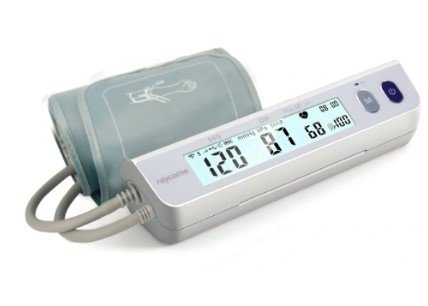Navigating the FDA: Requirements for Registering a Chinese Medical Device Manufacturer
Summary
- Understanding the specific requirements for registering a Chinese medical device manufacturer with the FDA is crucial for bringing products to the U.S. market.
- The registration process involves submitting an application, providing detailed information on the device, and adhering to FDA Regulations.
- Effective communication and collaboration with the FDA are key to navigating the registration process successfully and ensuring compliance with U.S. standards.
Introduction
Bringing medical devices from China to the United States involves navigating a complex regulatory landscape. In order to market these products in the U.S., Chinese medical device manufacturers must register with the Food and Drug Administration (FDA) and meet specific requirements. Understanding these requirements and procedures is essential for ensuring compliance with U.S. Regulations and successfully entering the American market.
Understanding FDA Regulations
The FDA regulates medical devices in the United States to ensure their safety and effectiveness. Chinese medical device manufacturers must comply with FDA Regulations in order to market their products in the U.S. The FDA classifies medical devices into three categories based on the level of risk they pose to patients:
Class I:
- Low-risk devices such as tongue depressors and adhesive bandages
Class II:
- Moderate-risk devices such as powered wheelchairs and infusion pumps
Class III:
- High-risk devices such as pacemakers and intraocular lenses
Requirements for Registering a Chinese Medical Device Manufacturer
Before a Chinese medical device manufacturer can bring their products to the U.S. market, they must register with the FDA and adhere to specific requirements. These requirements include:
Submitting an Application:
- Chinese manufacturers must submit an application to the FDA that includes detailed information about the device they wish to market in the U.S.
Providing Detailed Information on the Device:
- Manufacturers must provide the FDA with detailed information about the design, intended use, and materials of the device.
Adhering to FDA Regulations:
- Chinese manufacturers must comply with FDA Regulations regarding labeling, Quality Control, and post-market surveillance.
Procedures for Registering a Chinese Medical Device Manufacturer
The procedures for registering a Chinese medical device manufacturer with the FDA involve several steps that must be completed in order to bring products to the U.S. market:
Establishing a U.S. Agent:
- Chinese manufacturers must designate a U.S. agent who will act as a liaison between the manufacturer and the FDA.
Providing Proof of Compliance:
- Manufacturers must provide the FDA with proof that their devices comply with U.S. Regulations and standards.
Communicating with the FDA:
- Effective communication with the FDA is essential for navigating the registration process successfully and addressing any concerns or questions that may arise.
Collaborating with the FDA
Collaboration with the FDA is key to registering a Chinese medical device manufacturer and bringing products to the U.S. market. By working closely with the FDA and adhering to their requirements, Chinese manufacturers can ensure that their devices meet U.S. standards and are safe and effective for patients in the United States.
In conclusion, understanding the specific requirements and procedures for registering a Chinese medical device manufacturer with the FDA is essential for bringing products to the U.S. market. By submitting an application, providing detailed information on the device, and adhering to FDA Regulations, Chinese manufacturers can navigate the registration process successfully and ensure compliance with U.S. standards. Effective communication and collaboration with the FDA are key to achieving this goal and bringing innovative medical devices from China to patients in the United States.

Disclaimer: The content provided on this blog is for informational purposes only, reflecting the personal opinions and insights of the author(s) on the topics. The information provided should not be used for diagnosing or treating a health problem or disease, and those seeking personal medical advice should consult with a licensed physician. Always seek the advice of your doctor or other qualified health provider regarding a medical condition. Never disregard professional medical advice or delay in seeking it because of something you have read on this website. If you think you may have a medical emergency, call 911 or go to the nearest emergency room immediately. No physician-patient relationship is created by this web site or its use. No contributors to this web site make any representations, express or implied, with respect to the information provided herein or to its use. While we strive to share accurate and up-to-date information, we cannot guarantee the completeness, reliability, or accuracy of the content. The blog may also include links to external websites and resources for the convenience of our readers. Please note that linking to other sites does not imply endorsement of their content, practices, or services by us. Readers should use their discretion and judgment while exploring any external links and resources mentioned on this blog.
